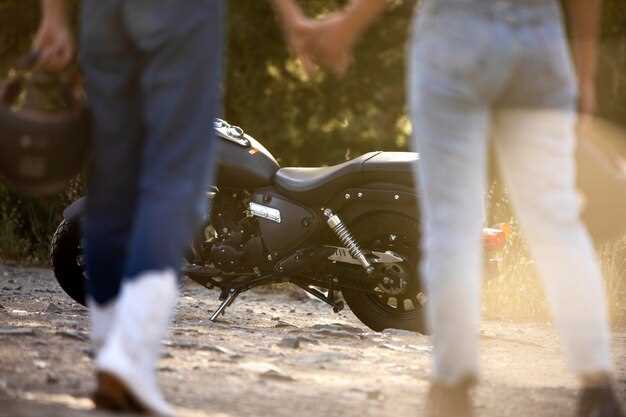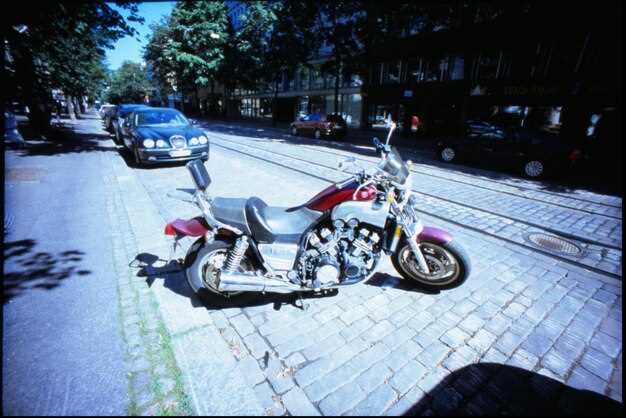
In the world of motorsport, performance is paramount, especially in closed circuit racing. The right bike can mean the difference between crossing the finish line first or finishing in the middle of the pack. For enthusiasts and professionals alike, selecting the best track-only bike is crucial to achieving peak performance.
Track bikes are engineered specifically for racing purposes, stripped of unnecessary features that might hinder their aerodynamic efficiency. These machines are designed to excel on smooth, closed circuits, where every corner and straightaway demands utmost precision and speed. This article delves into the best options available for those looking to dominate the race scene.
When considering the best track-only bikes, several factors come into play, including weight, handling, and power delivery. Top manufacturers invest significant time and resources into creating lightweight frames and powerful engines, ensuring that riders experience optimal adrenaline and control during their races. Join us as we explore the standout models that are tailored for pure racing excellence.
Choosing the Right Frame Material for Track Bikes

When selecting a bike for closed circuit racing, the frame material is a critical consideration that impacts performance, weight, and handling. There are several common materials used in track bike construction, each with its unique characteristics and advantages.
Aluminum is popular for its lightweight properties and stiffness, making it an excellent choice for riders seeking speed and responsiveness. Its aerodynamics allow for efficient power transfer, which is vital during intense race conditions. Additionally, aluminum frames tend to be more affordable, making them accessible for many racers.
Carbon fiber stands out as a top-tier option for serious competitors. This material offers unparalleled strength-to-weight ratio, enabling the creation of incredibly lightweight frames without sacrificing durability. Carbon fiber’s ability to absorb vibrations enhances comfort, allowing riders to maintain focus and performance over extended races. However, it typically comes at a higher price point.
Steel frames, while less common in modern track racing, still hold appeal for some cyclists due to their robustness and ride quality. Steel offers a more forgiving feel, making it suitable for riders who prioritize comfort alongside performance. Many classic racing bikes utilize steel, which can appeal to those who value tradition and craftsmanship.
Titanium combines the best attributes of both aluminum and steel, offering a lightweight frame with exceptional durability and flex characteristics. Although it is among the priciest options, its longevity and performance benefits make titanium a worthy investment for serious track racers.
Ultimately, the choice of frame material will depend on an individual rider’s priorities, budget, and racing style. Each material has its own benefits and drawbacks, and understanding these can help athletes make informed decisions to enhance their track racing experience.
Understanding Gear Ratios for Optimal Performance

When it comes to track-only bikes, the gear ratio plays a critical role in determining how effectively the bike accelerates and maintains speed on closed circuits. A gear ratio refers to the relationship between the number of teeth on the front chainring and the number of teeth on the rear sprocket. The selection of the proper gear ratio can significantly influence a rider’s performance during races.
In the realm of track racing, riders typically prefer higher gear ratios. This is because higher ratios allow for increased speed at the expense of acceleration. For track-only bikes, where maintaining high speed around corners is essential, selecting a gear ratio that complements the rider’s power and pedaling style is vital. A common choice among competitive riders is a gear ratio around 48:14, which balances speed and control on most circuits.
Conversely, lower gear ratios can enhance acceleration but may limit top speed, making them less desirable for track racing. A track bike that is optimized for quick starts might have a gear ratio like 44:16, allowing the rider to sprint out of corners effectively. However, this could also result in more frequent shifting and potential loss of momentum in a tightly contested race.
Ultimately, understanding gear ratios enables riders to fine-tune their track-only bikes for specific circuits and conditions. It is essential to consider factors such as track length, surface type, and individual riding style when determining the ideal gear ratio. By selecting the right combination, racers can enhance their performance and improve their chances of success on the track.
Key Features to Look for in a Quality Track Bike
When selecting a track-only bike designed for closed circuit racing, it’s essential to focus on specific features that enhance performance and safety. Here are the critical aspects to consider:
Frame Material: The material of the frame plays a significant role in the bike’s overall weight and stiffness. Common materials include aluminum, carbon fiber, and steel. Lightweight and rigid frames, such as those made from carbon fiber, are preferred for maximum speed and responsiveness during races.
Geometry: A bike’s geometry affects its handling and aerodynamics. Look for a frame with a steep head angle and a short wheelbase, which will provide quick steering and stability at high speeds. This design allows for better control during aggressive cornering on the race track.
Gear Ratio: A proper gear ratio is crucial for optimizing acceleration and maintaining speed. Track bikes typically have a single gear, and the selection of the gear ratio should match the rider’s strengths and the race track’s layout. Choosing the right gear can significantly influence race performance.
Wheels: Quality wheels designed for track racing contribute to low rolling resistance and enhanced aerodynamics. Look for deep-section rims that offer better airflow and reduce drag. Additionally, ensure that the wheels are compatible with the tires suitable for closed circuit racing conditions.
Braking System: While track-only bikes often compete without brakes, it’s essential to consider how the bike will perform if brakes are secondary. Ensure that if brakes are included for training purposes, they provide reliable stopping power without adding unnecessary weight.
Fit and Comfort: A proper fit is vital for efficiency and endurance. Ensure the bike can be adjusted to accommodate your riding style and body dimensions. Comfort should not be compromised, as a race bike should allow you to focus solely on performance without discomfort during long rides.
Weight: The weight of a track bike can greatly affect its acceleration and overall performance. Aim for a lightweight bike that allows for quick movements and nimble handling without sacrificing structural integrity.
By focusing on these key features, you can select a quality track-only bike that will enhance your racing experience and improve your performance on the circuit.
